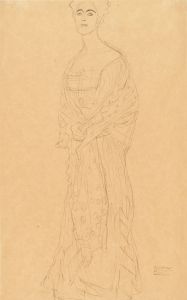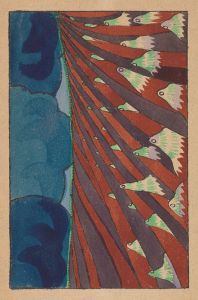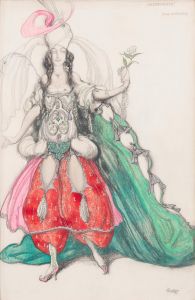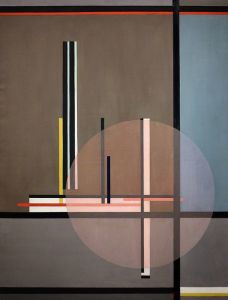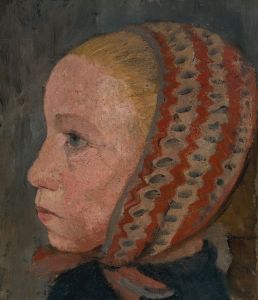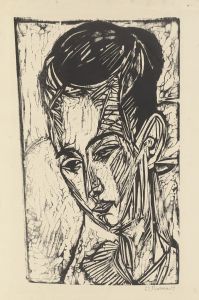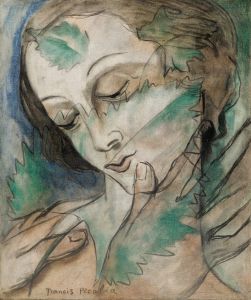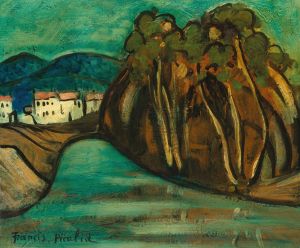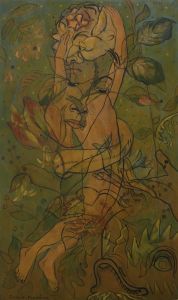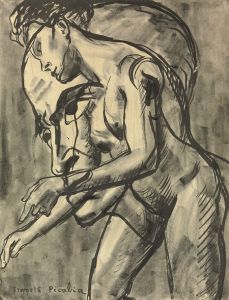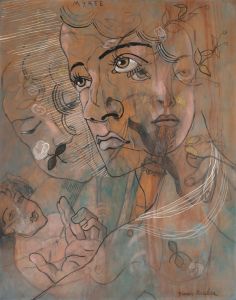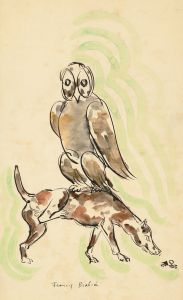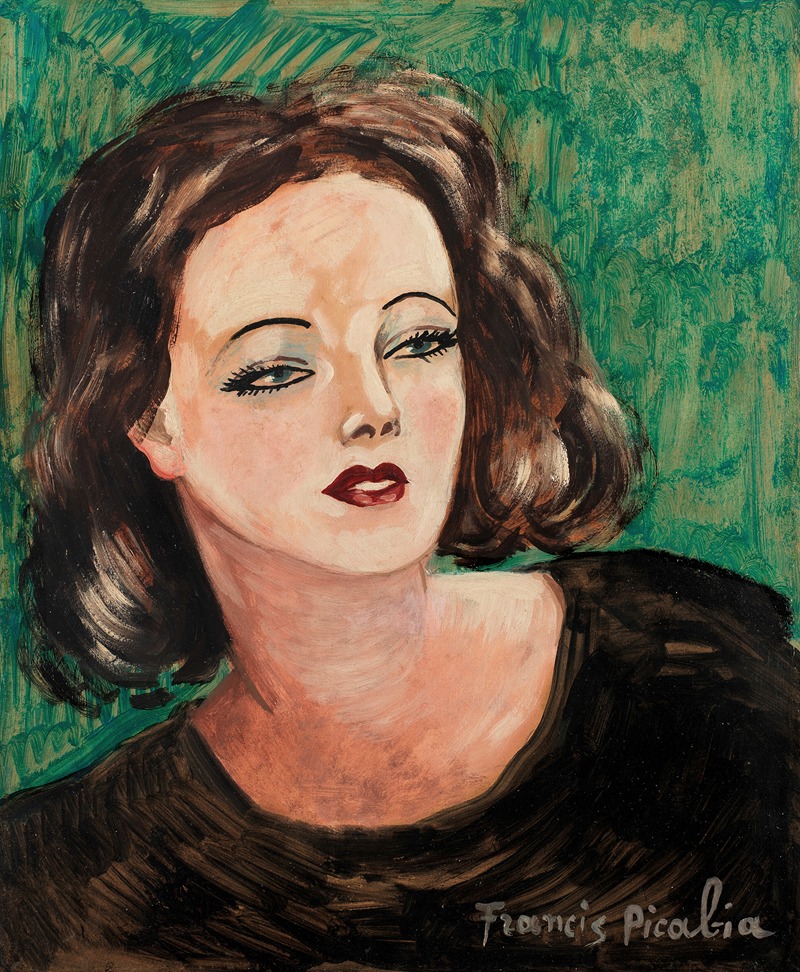
Sans titre
A hand-painted replica of Francis Picabia’s masterpiece Sans titre, meticulously crafted by professional artists to capture the true essence of the original. Each piece is created with museum-quality canvas and rare mineral pigments, carefully painted by experienced artists with delicate brushstrokes and rich, layered colors to perfectly recreate the texture of the original artwork. Unlike machine-printed reproductions, this hand-painted version brings the painting to life, infused with the artist’s emotions and skill in every stroke. Whether for personal collection or home decoration, it instantly elevates the artistic atmosphere of any space.
Francis Picabia was a French avant-garde painter, poet, and typographist, associated with a variety of artistic movements, including Impressionism, Cubism, Dada, and Surrealism. He was known for his diverse and experimental approach to art, often challenging traditional boundaries and conventions. One of his works, "Sans titre" (Untitled), reflects his innovative spirit and his contribution to modern art.
"Sans titre" is a painting that embodies Picabia's exploration of abstraction and his departure from representational art. While specific details about this particular painting are limited, it is consistent with Picabia's broader body of work, which often defied categorization and embraced a multiplicity of styles. Throughout his career, Picabia was known for his ability to adapt and transform his artistic approach, making each piece a unique reflection of his evolving vision.
Picabia's work during the early 20th century was heavily influenced by the rapid technological advancements and cultural shifts of the time. He was a key figure in the Dada movement, which emerged as a reaction to the horrors of World War I and sought to challenge the established norms of art and society. Dada artists embraced absurdity, spontaneity, and the rejection of traditional aesthetics, and Picabia's contributions were instrumental in shaping the movement's direction.
In "Sans titre," Picabia likely employed techniques and motifs that were characteristic of his work during the Dada period. His paintings from this era often featured mechanical and industrial imagery, reflecting his fascination with machines and the mechanization of modern life. This interest in machinery was not only a commentary on the industrial age but also a metaphor for the dehumanization and alienation experienced in contemporary society.
Picabia's use of abstraction in "Sans titre" can also be seen as a continuation of his engagement with Cubism, a movement that he was involved with earlier in his career. Cubism, pioneered by artists like Pablo Picasso and Georges Braque, deconstructed objects into geometric shapes and presented multiple perspectives within a single composition. Picabia's interpretation of Cubism was unique, as he often infused it with a sense of playfulness and irony, elements that would later become central to Dada.
Throughout his career, Picabia was known for his provocative and often controversial approach to art. He was a prolific writer and editor, contributing to various Dada publications and manifestos. His writings, much like his paintings, were characterized by their wit, irreverence, and willingness to challenge the status quo.
"Sans titre" is a testament to Picabia's enduring influence on modern art. His ability to navigate and synthesize different artistic movements and ideas made him a pivotal figure in the transition from traditional to contemporary art. While specific details about "Sans titre" may be scarce, the painting remains an important part of Picabia's legacy, illustrating his commitment to innovation and his refusal to be confined by conventional artistic boundaries.
In summary, Francis Picabia's "Sans titre" is a reflection of his dynamic and multifaceted approach to art. Through his engagement with movements like Dada and Cubism, Picabia challenged the norms of his time and left a lasting impact on the art world. His work continues to inspire and provoke, inviting viewers to question and explore the nature of art itself.





